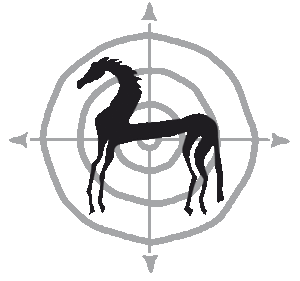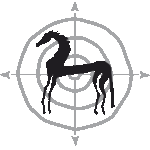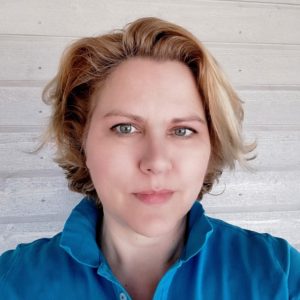
Our biggest challenge:
How can you ride without damaging your horse?
The idea of riding can be a lot more fun than the reality.
In our daydreams, we float around on our beautiful, strong and healthy horse. The horse reads our mind and obeys our every wish.
Reality often looks a bit different…
Help! My horse does not do what I want!
Often our horse just does not do what we want it to do.
Heck, not even our own body does what we want it to do when we are on top of the horse!
All kinds of health problems pop up. We never seem to ‘get anywhere’.
We get frustrated and we get mad. At the horse, and at ourselves. Or we just give up.
“How do other riders make it look so easy?”
“Why doesn’t my horse go like that?”
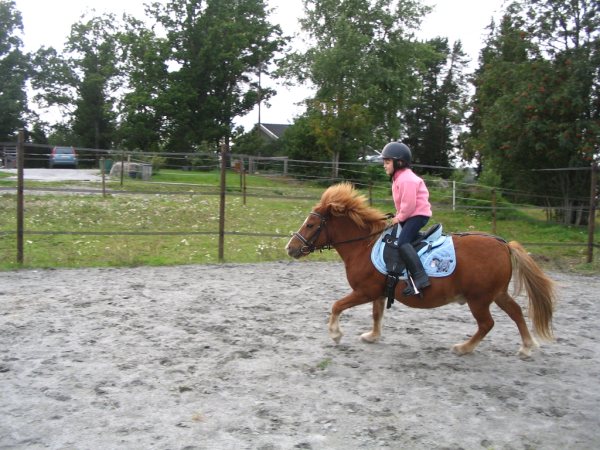
‘Help! My horse does not do what I want!’
Thousands of years of knowledge
Horses have been used by humans for thousands of years. There are written texts about riding and horsekeeping from hundreds of years ago. Even thousands of years ago!
And amazingly enough: most of what’s in there still applies today.
Horses are still horses – even today, they are not robots-with-a-fur-coat.
They are still living creatures. With feelings, opinions and thoughts. And bodies that need proper care.
We can make life a lot easier for ourselves – and for our horses! – if we use the knowledge from all those centuries.
First, do no harm
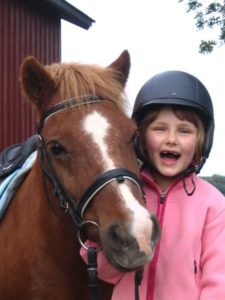
The rider has to keep the horse healthy – and happy!
Many countries have a long history of breeding and using horses.
As work horses and in the army, earlier.
And for horse sports and recreation today.
For example Germany, England, France, Portugal and Spain.
Interestingly enough, most of these countries use ‘systems’ for riding and training.
When you study these systems, some ideas come up again and again:
- First, do no harm: the welfare of the horse always comes first.
- The horse needs systematic training in 2 ways.
First, so it can carry the rider without damage to its body.
Secondly, to understand what the rider wants. - The rider also needs training in 2 ways.
First of all, physical training and understanding HOW to ride.
Secondly, training in WHAT TO DO. - The rider cannot blame the horse.
It is the rider’s responsibility to keep the horse healthy – and to keep it happy. - Such training takes time. The rider has to be patient. Both with herself and with the horse.
True understanding, correct building blocks and positive results in the long run are the most important. Not a quick fix now which has negative results later on.
What is ‘Classical’?
Most of the systems that work in this way can be called ‘Classical’. Of course there can be some differences. For example between the Spanish Riding School in Vienna and the Cadre Noir in Saumur. But the main thoughts and principles are very much the same.
Here at HorseCompass we ride and train mostly in the traditional German School.
(And no, that has nothing to do with the abusive riding and training you see in many dressage arena’s!)
Combined with some sprinklings of Centered Riding, Natural Horsemanship and so on.
This is a ‘classical’ way of riding and training that gives the rider very clear steps and instructions.
It does not only explain WHAT to do, but also HOW.
It will teach you how to use your body in a very precise way.
And how to train your horse step-by-step. So your horse’s body gets stronger and better, and it is mentally relaxed and positive.
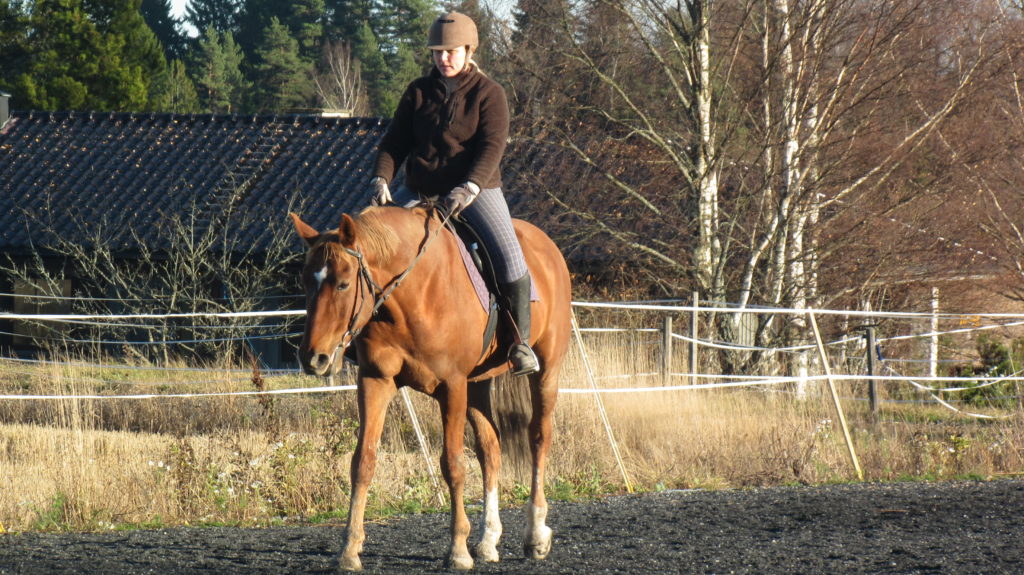
The rider has to be patient… and very, very often the horse has to be patient with the rider!
Our training philosophy
Even the smallest pony is stronger than the biggest man. (Just ask anybody who has ever been dragged around by a little pony.)
We cannot force a horse to carry us, work for us, or even walk with us.
We can only ask – and hope we get the answer we want.
But we are lucky. Most horses are friendly and want to work with us.
Note: This is even more amazing if you think about all the bad things we do to horses…
Such as using them too young, or training them too hard.
Not respecting what they really need: like free movement and company.
Destroying their bodies, and often their mental health, too.
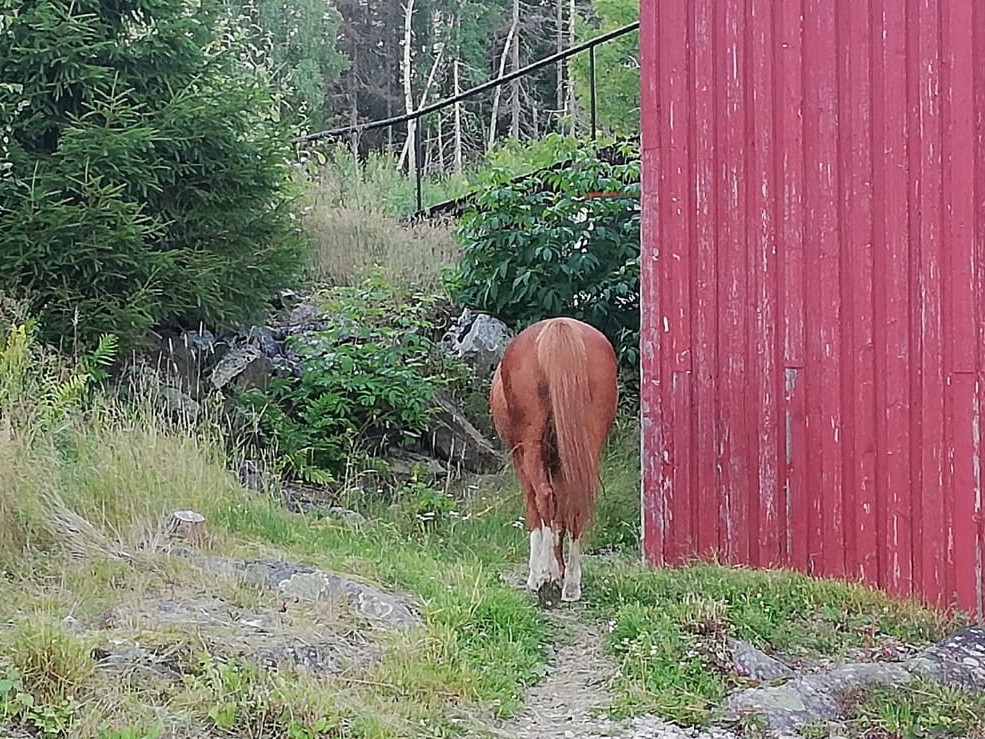
Even the smallest pony is stronger than any human
A good rider is the rider who is good for the horse!
These days, we don’t really need horses anymore, for transport or to work the fields.
We use them for our pleasure. Or as ‘exercise equipment’. Or as a something to make money on.
However: horses are living creatures. They can feel pain, and fear. Their bodies can hurt.
Horses die every day because of the things we do to them.
And often they get thrown away like garbage when we cannot use them anymore.
If we want to use them, we have an ethical duty to make their lives as good as we possibly can.
That also means training them in a way that keeps them healthy and happy for as long as possible.

In memoriam Lia van Roeden 1957 – 2005
Do not stand at my grave and weep,
I am not there – I do not sleep.
I am a thousand winds that blow,
I am the diamond glints on snow,
I am the sun on ripened grain,
I am the gentle autumn rain.
When you awaken in the morning’s hush
I am the swift uplifting rush
Of quiet birds in circled flight.
I am the soft stars that shine at night.
Do not stand at my grave and cry,
I am not there; I did not die.
Mary Frye, 1932
